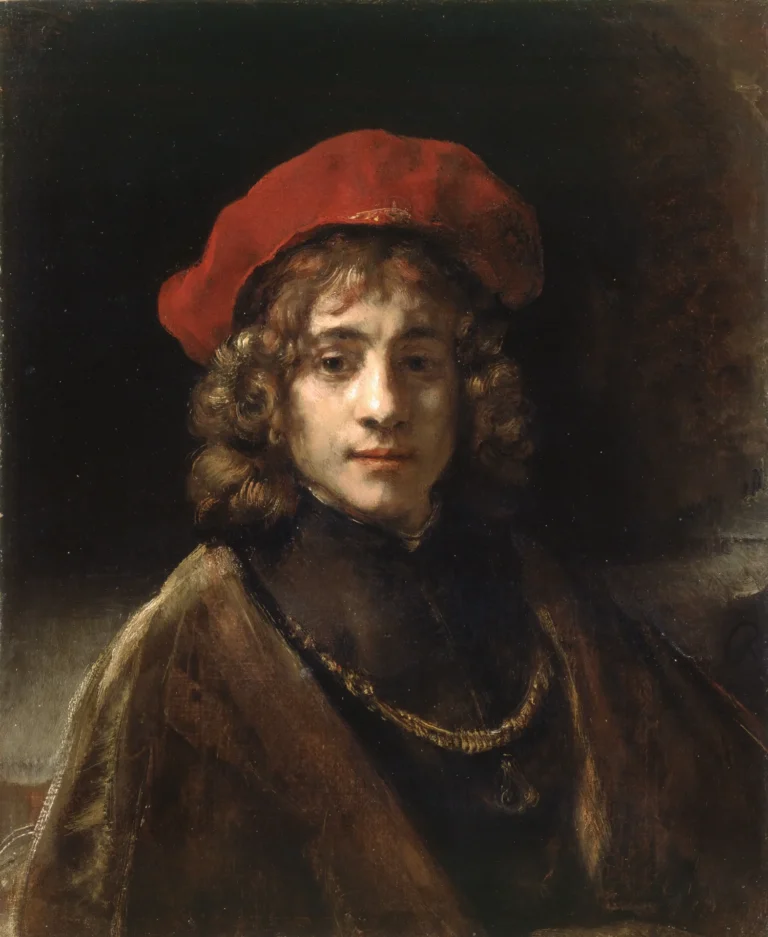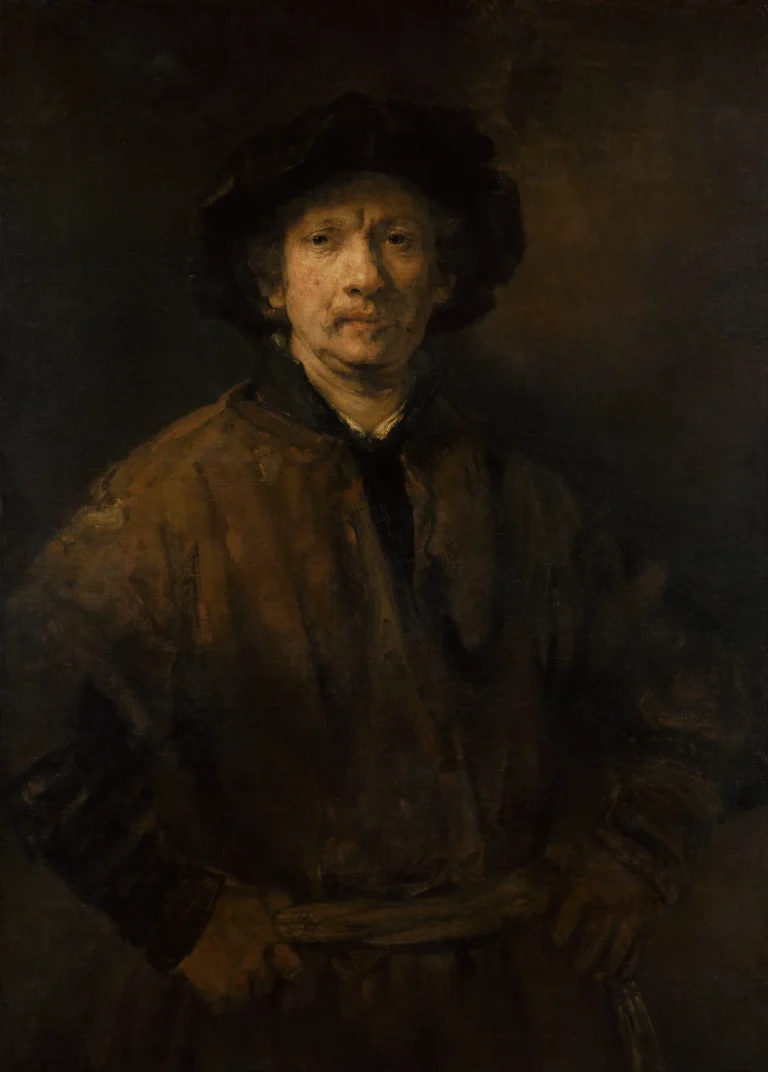Titus, the artist's son
The series of paintings by Rembrandt van Rijn featuring his son Titus showcases the artist's profound emotional connection and reflects significant moments in their lives. From depicting Titus in a Franciscan habit to the more robust Venetian costume, these portraits highlight Rembrandt's mastery of light, texture, and expression. Highlighted by their emotional depth, these portraits are illustrious examples of 17th-century Dutch painting and offer insight into the personal life of Rembrandt, who faced many challenges during this time.
1655 - 1660
About the Artwork
The portraits of Titus, Rembrandt's only surviving son, capture the intimate relationship between father and child, woven within the backdrop of hardship. As Rembrandt grappled with financial instability and personal losses, including the passing of his wife, these images of Titus serve as both a muse and a reflection of the artist’s emotional solitude. Through these portraits, Rembrandt not only immortalizes Titus but also evokes universal themes of love, loss, and the human condition. Each painting encapsulates a moment in time, revealing the artist's struggles and intimate moments shared with his son.
Did You Know
Titus was not only the subject of many of Rembrandt’s acclaimed portraits but also had a significant impact on the artist’s emotional world, especially given his early passing at just 27 years old.
The Venetian costume seen in one of the portraits showcases the influence of Italian Renaissance painting, which deeply inspired Rembrandt’s approach to drama and color.
The Franciscan robe worn by Titus in the 1660 painting symbolizes not only humility and devotion but also serves as a poignant reminder of the struggles the family faced during a period of financial distress.










